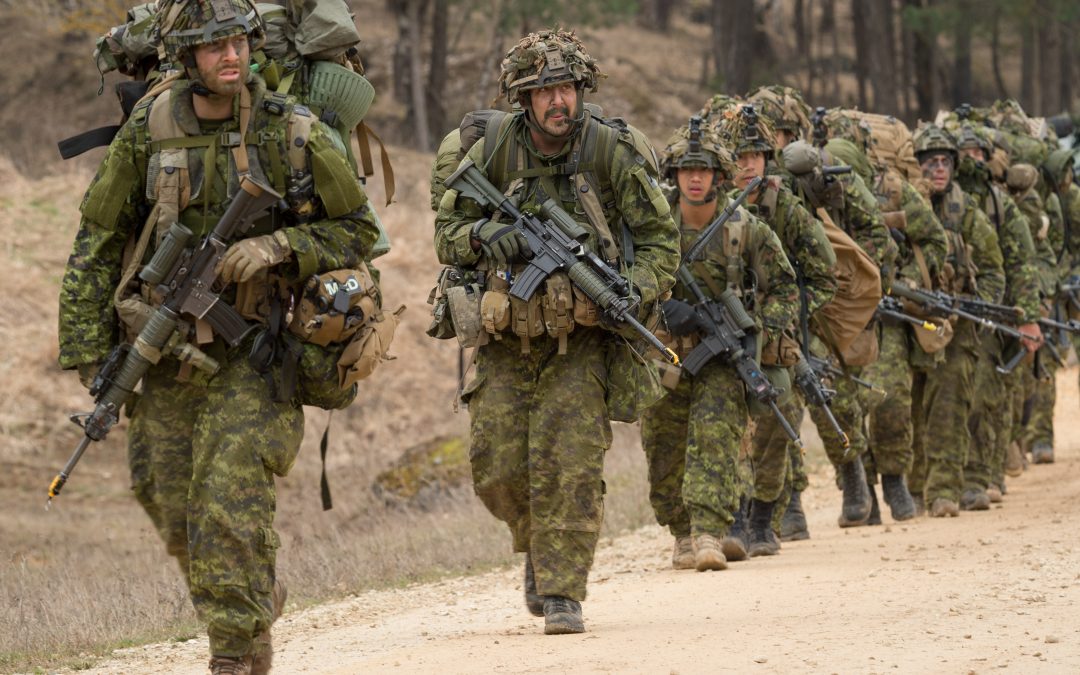Defence Research & Development Canada (DRDC) has issued a challenge to industry for lighter and more durable soldier body armour.
In a notice posted over the summer, the research arm of National Defence invited companies to compete for a $1 million initial contract under the Build in Canada Innovation Program (BCIP) to reduce the weight of the typical bullet resistant vest worn by soldiers while hardening the protection from a range of rifle rounds.
According to documents filed with the challenge of the federal government’s procurement website, “the purpose of the challenge is to identify and evaluate modular, scalable, three-component bullet resistant plate (BRP) system prototypes that can cover the range of potential threat environments that a soldier may face, while ensuring that the soldier does not carry a heavier plate than is required for any given mission.”
In addition to set densities for each plate and mandatory durability requirements, DRDC is looking for a system that is “sufficiently user friendly” to be attached and detached in the field using tools typically carried by a dismounted soldier.
Specifically, the system must consist of three modular armour components. The base plate must provide a specified level of protection against rifle bullets. The second add-on plate must attach on the base plate and offer a specified intermediate level of ballistic resistance. The third add-on plate should be interchangeable with the second and have a higher level of ballistic resistance.
As with most BCIP technology evaluations, the challenge is for pre-commercialized systems at a technology readiness level (TRL) of 7 – 9. DRDC will conduct user trials as part of the challenge. The closing date for the call for proposals is March 29, 2018.

